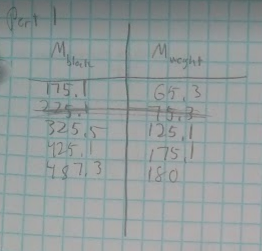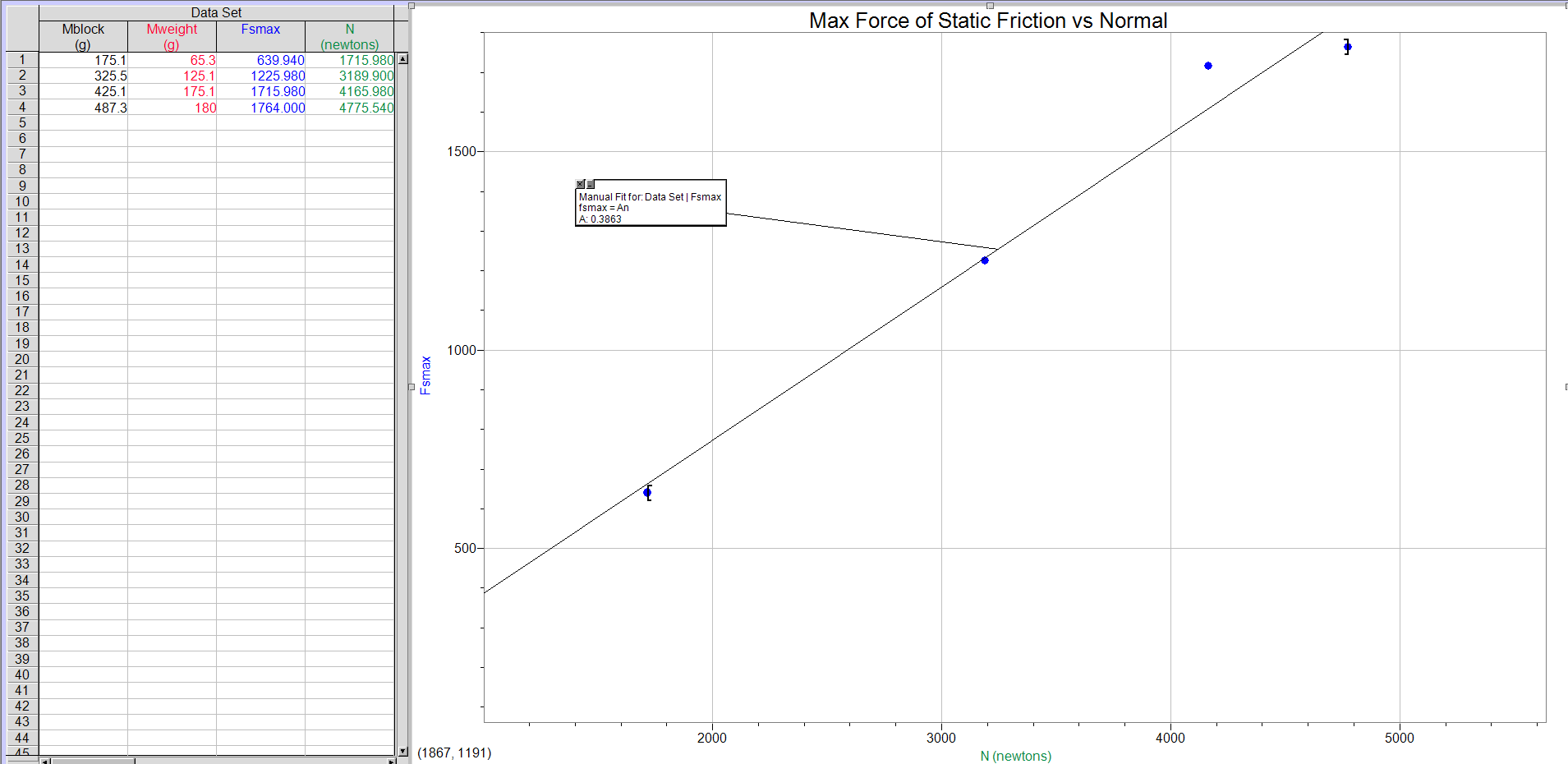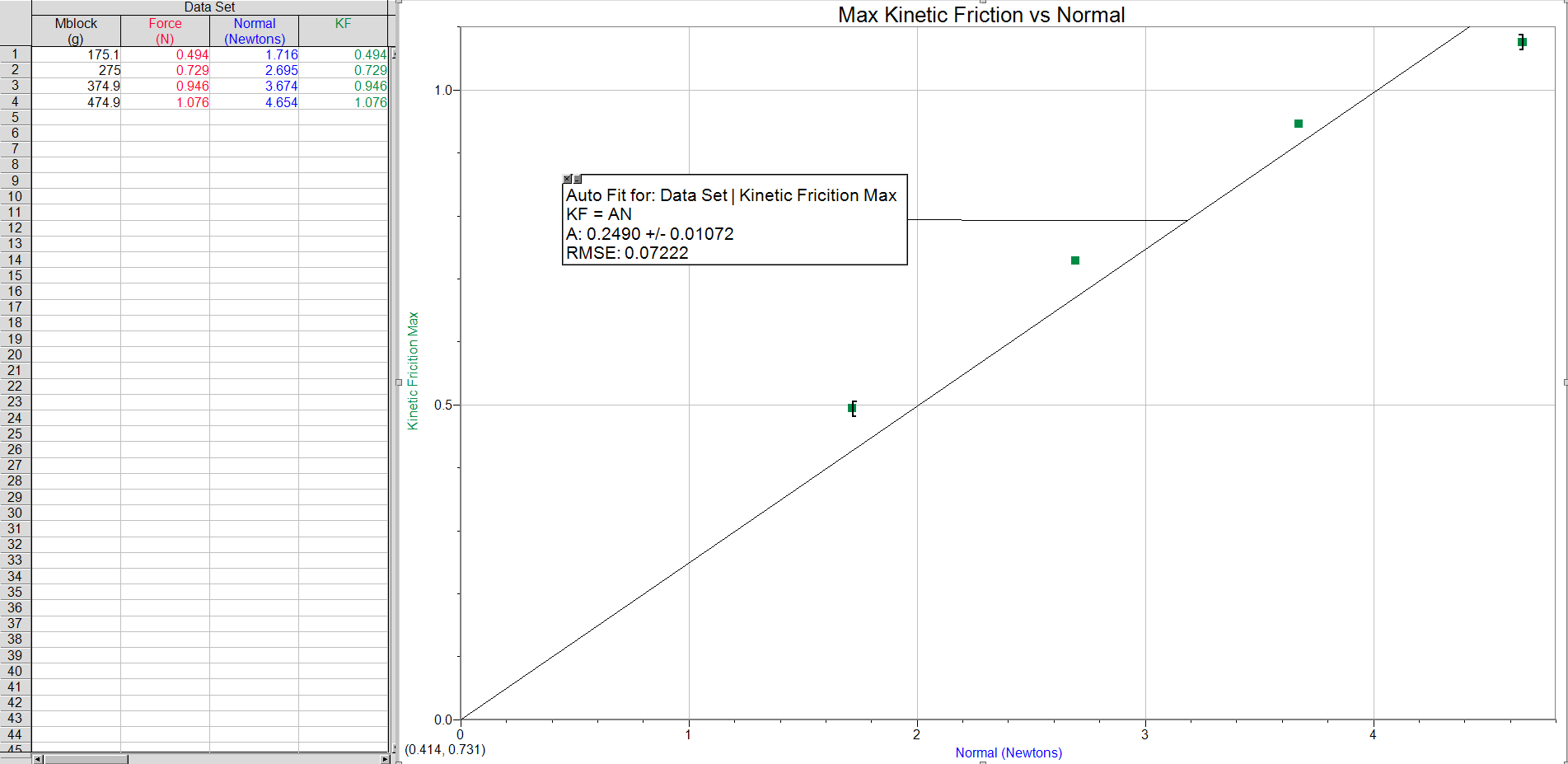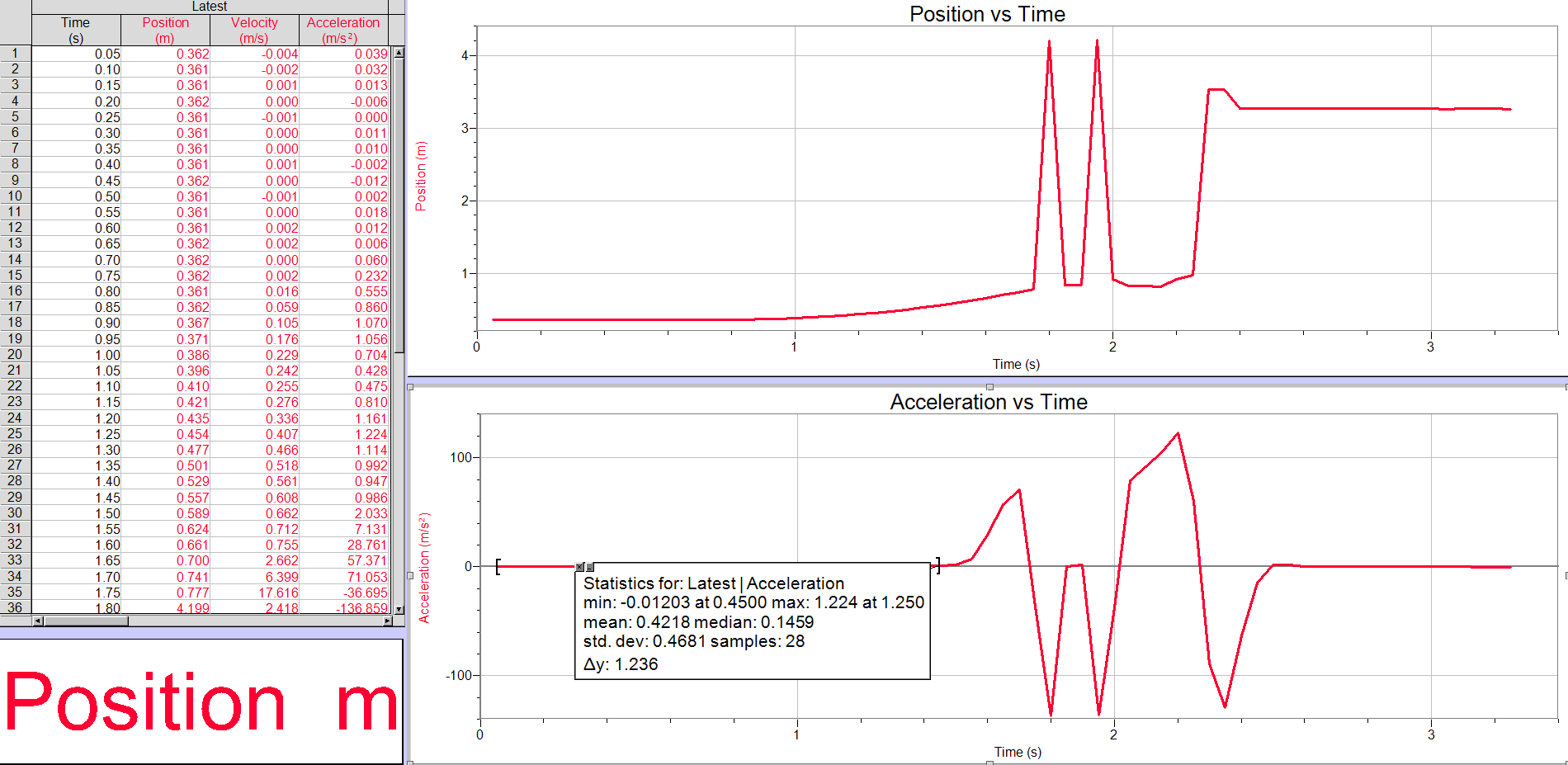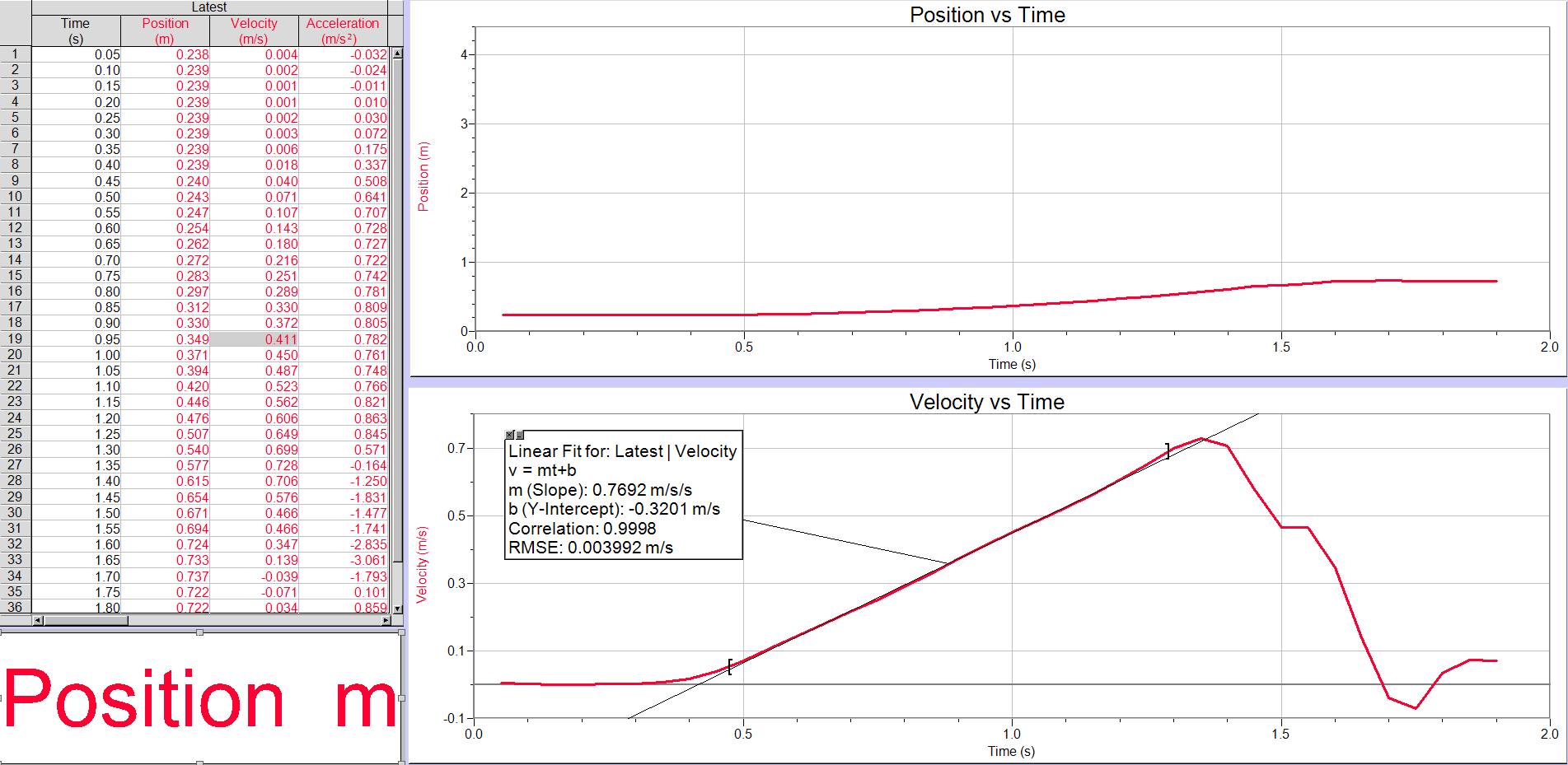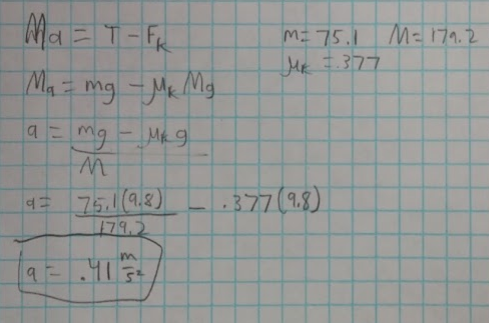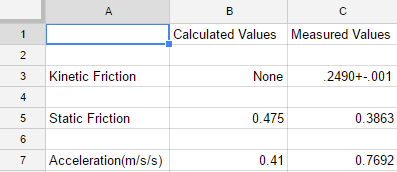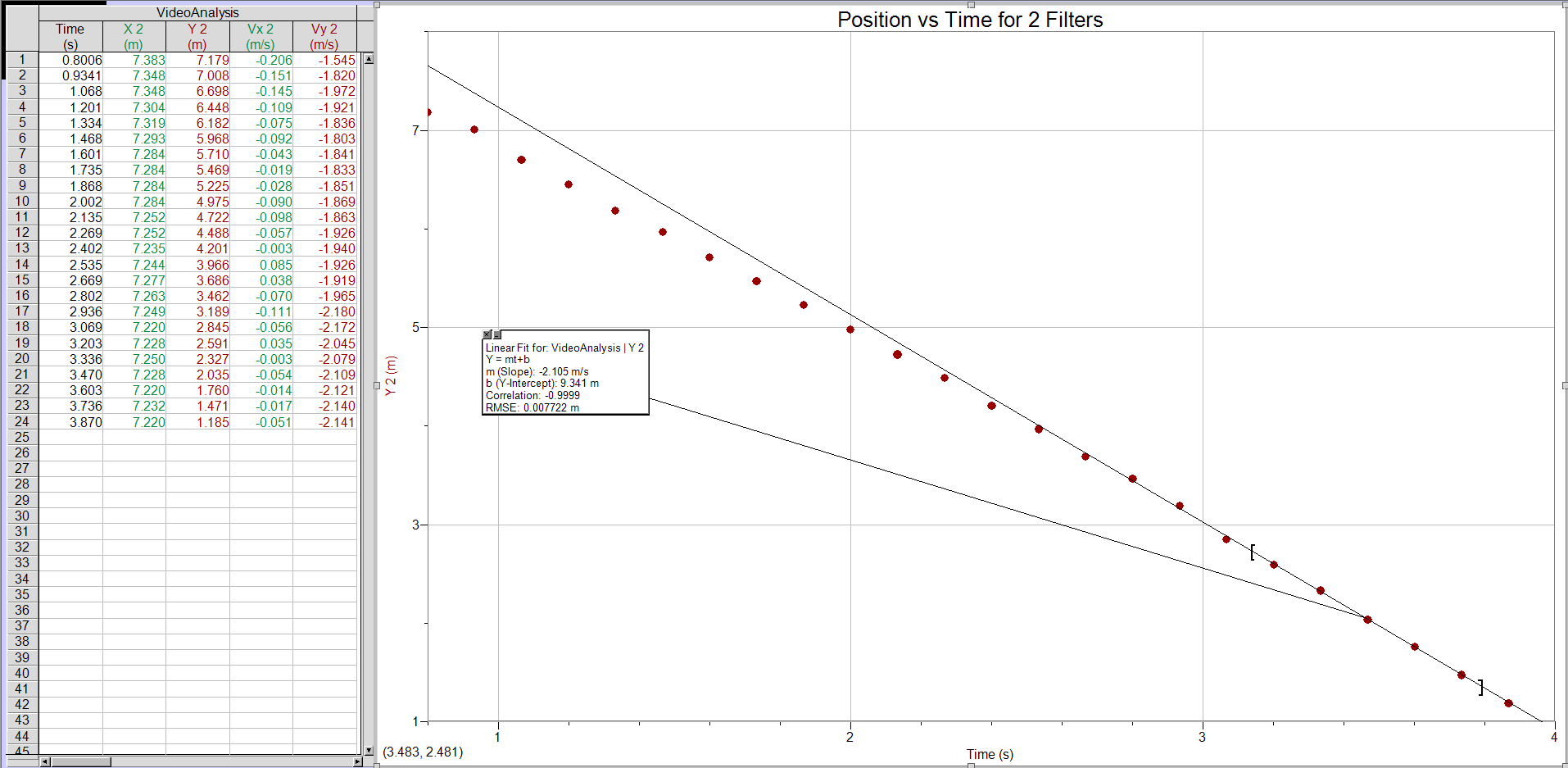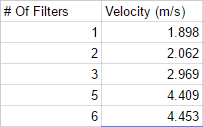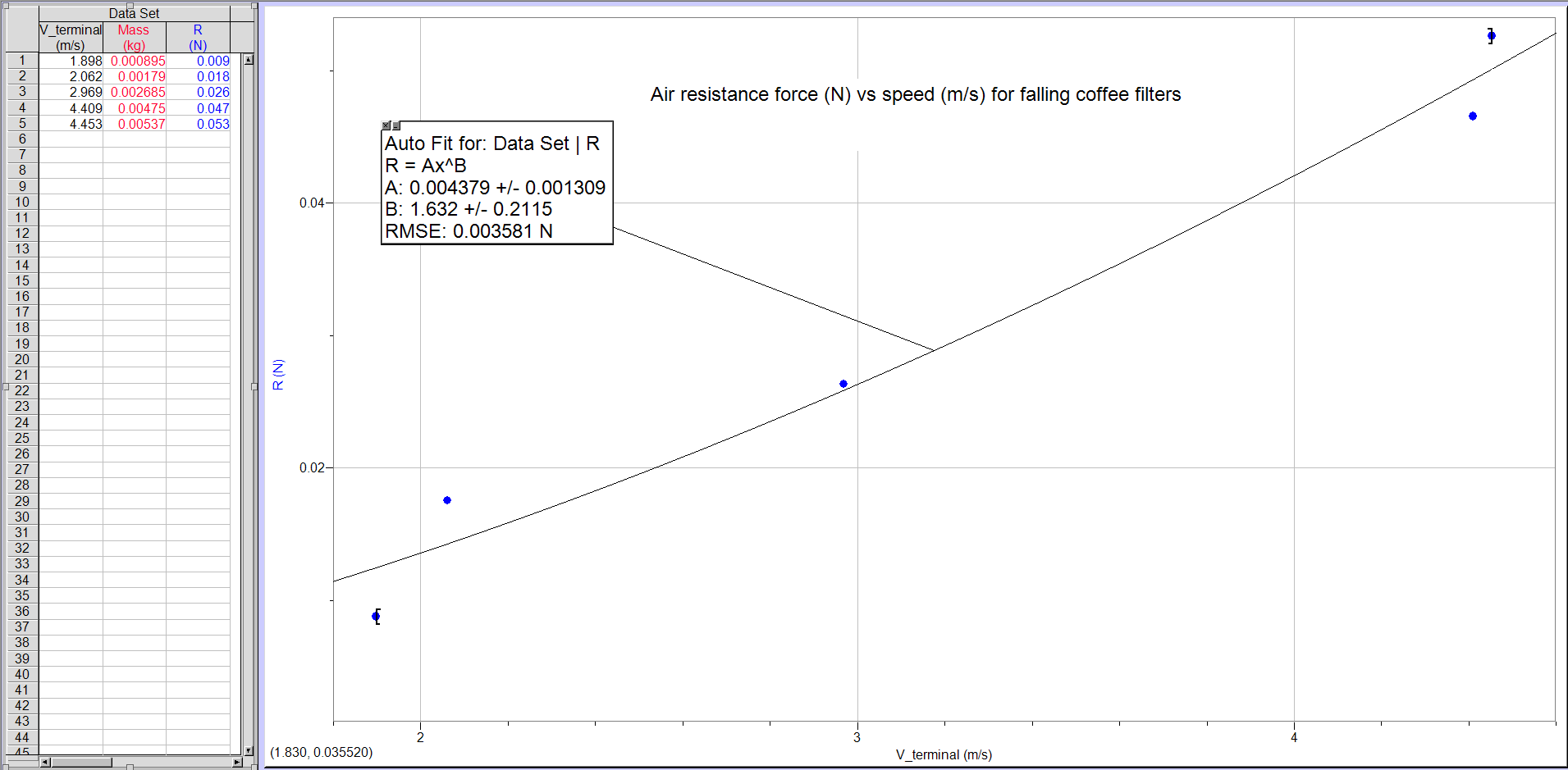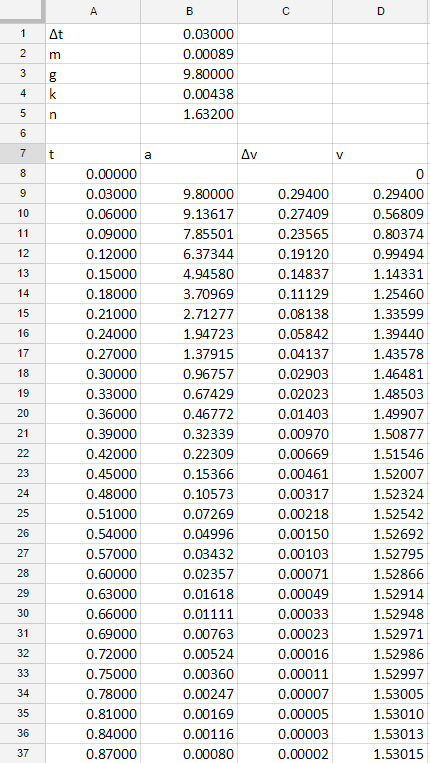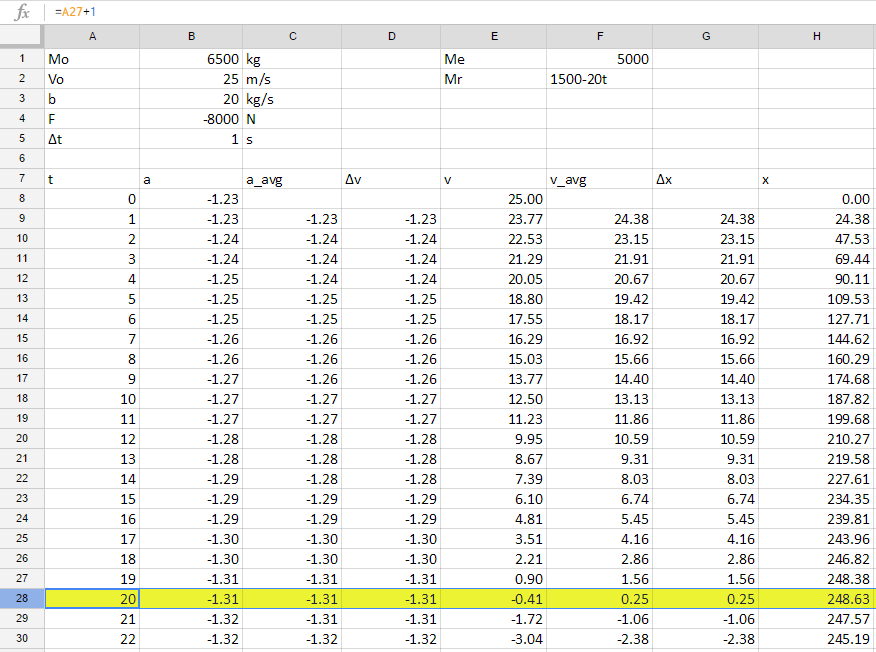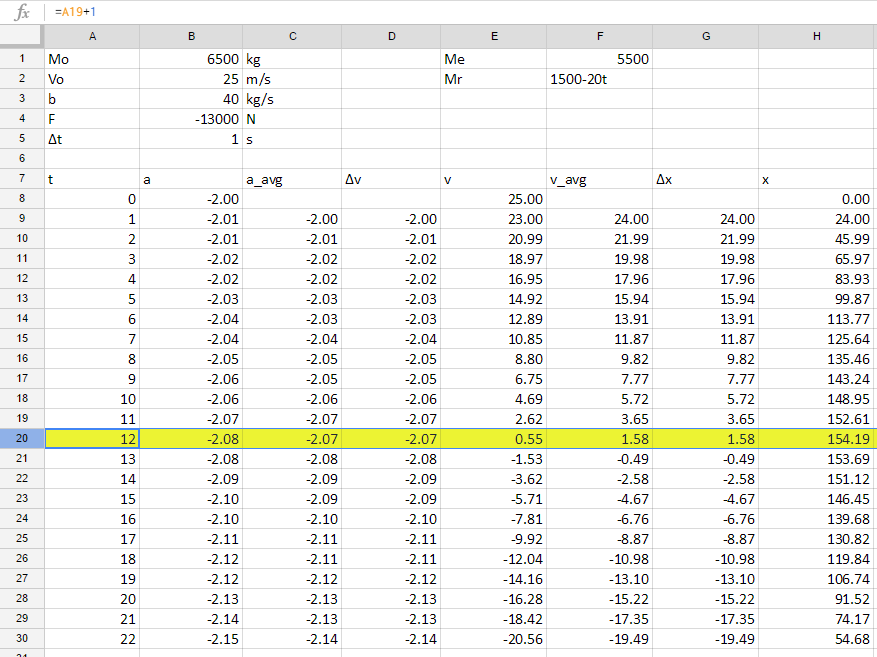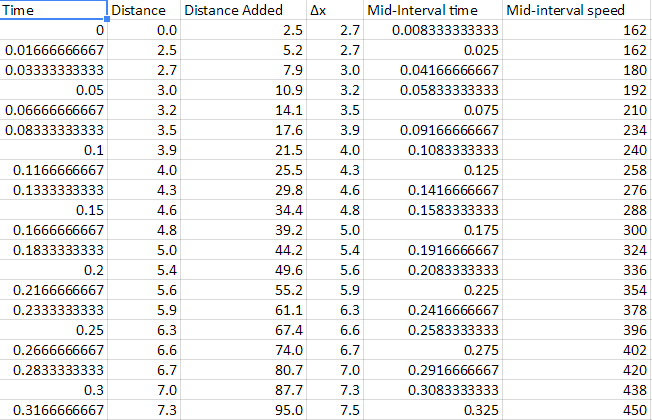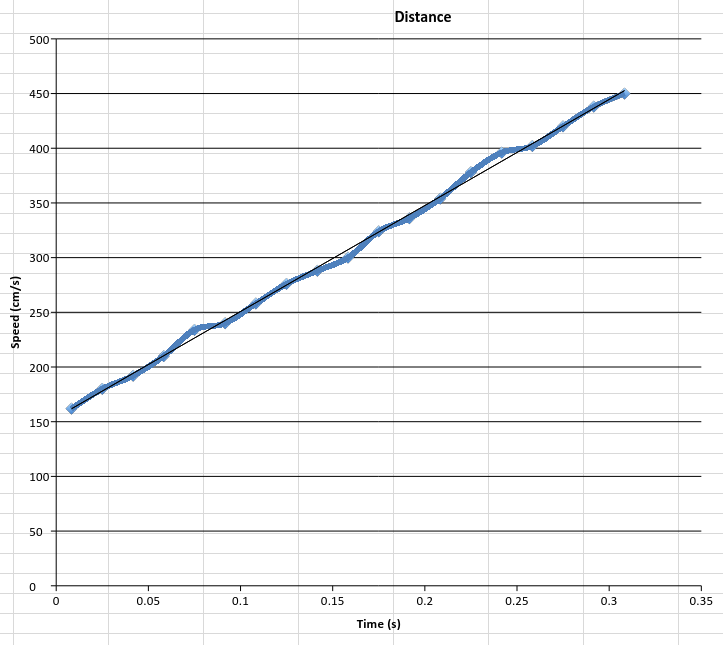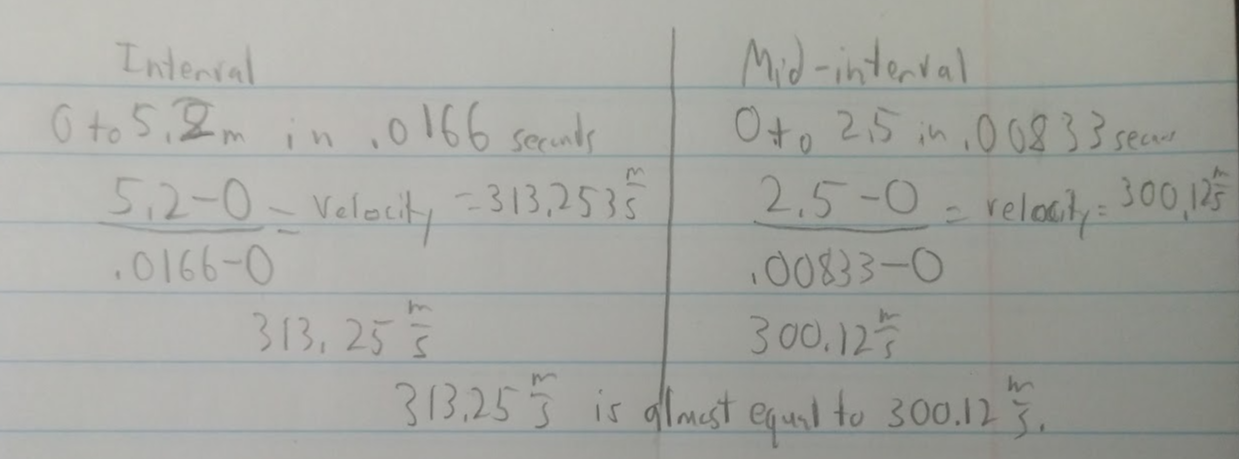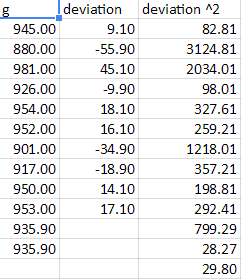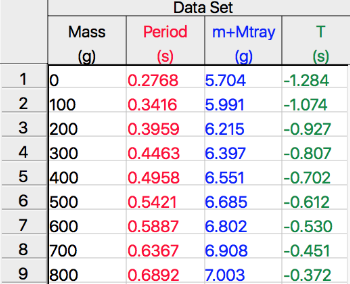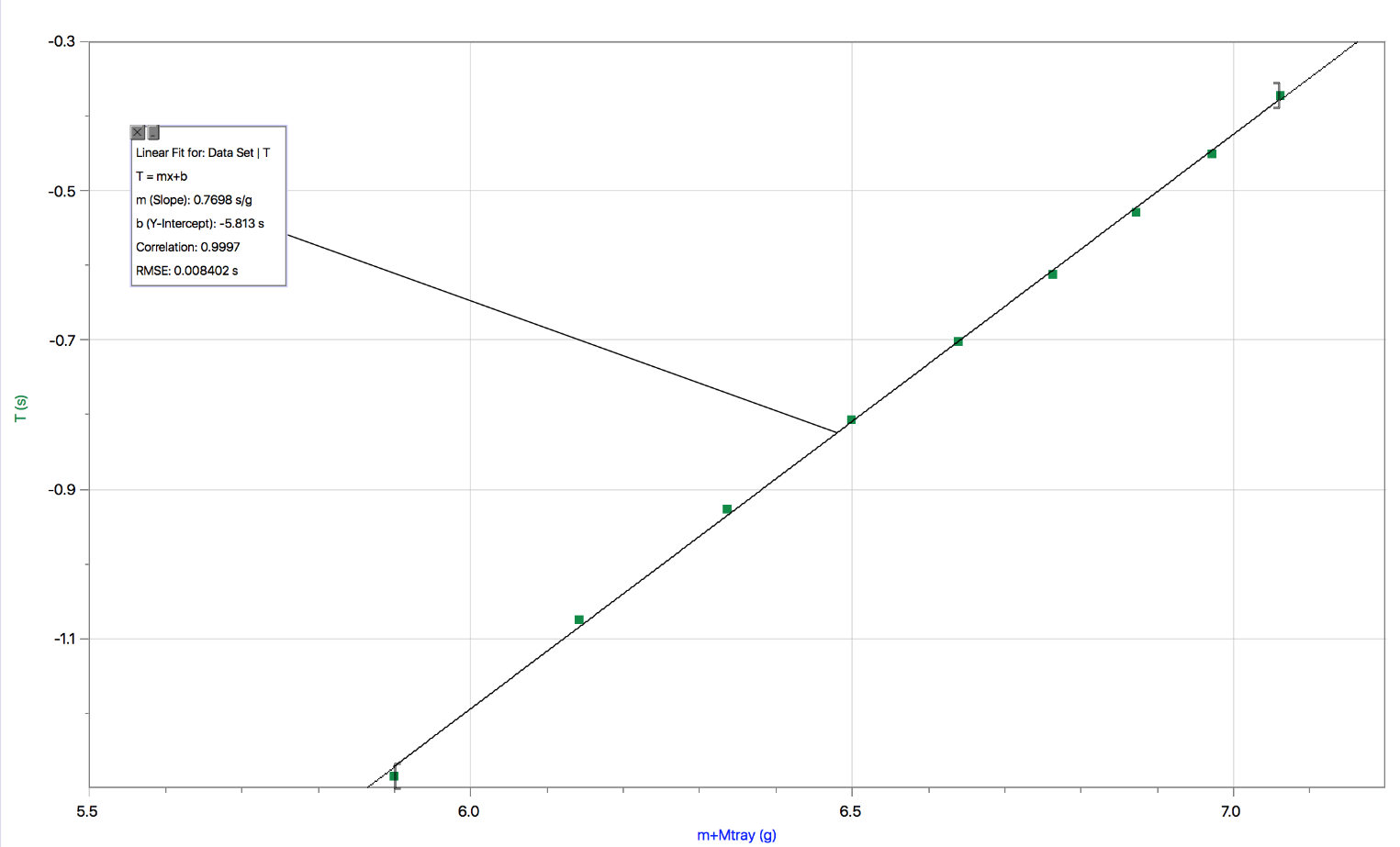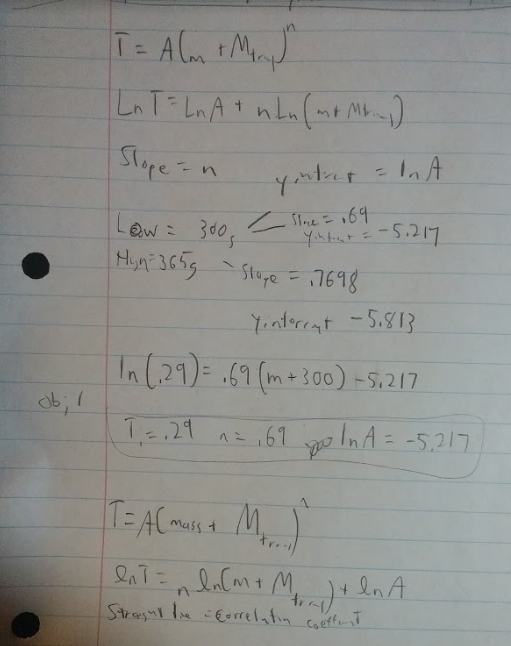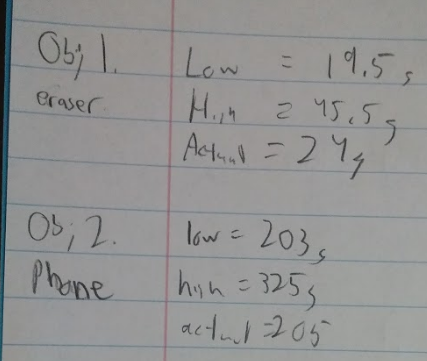Lab 5 - Trajectories
Lab Members:
Jarrod Griffin
Christina Vides
Enio Rodriquez
This lab uses our knowledge of projectile motion to predict where a ball will land on an inclined plane from a table.
Introduction:
In this lab we found the initial velocity for a small ball coming off of a table, then used that number to predict where it would fall on an incline. We then ran the experiment and compared our actual and predicted values to find how much they differed.
Apparatus/Procedure:
This lab consisted of two different yet similar setups. For the initial set up, we used a pair of V-channels, and set them up as shown above. This created a ramp that we then launched a ball off of. We then found where that ball would approximately land, and placed carbon paper there. We then ran the experiment five times, and then measured the distance from the bottom of the table and created an average distance from these numbers. We then calculated a value for our initial velocity.
For the second setup we used, we kept the ramp the same, and added an inclined plane with carbon paper on it at the edge of the table as pictured. We then did calculations to estimate where the ball would land on the plane. We then ran the experiment and measured how far the ball has fallen down onto the plane, and compared the two values to see how close our calculated value was.
Data:
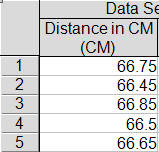
Calculations/Results:
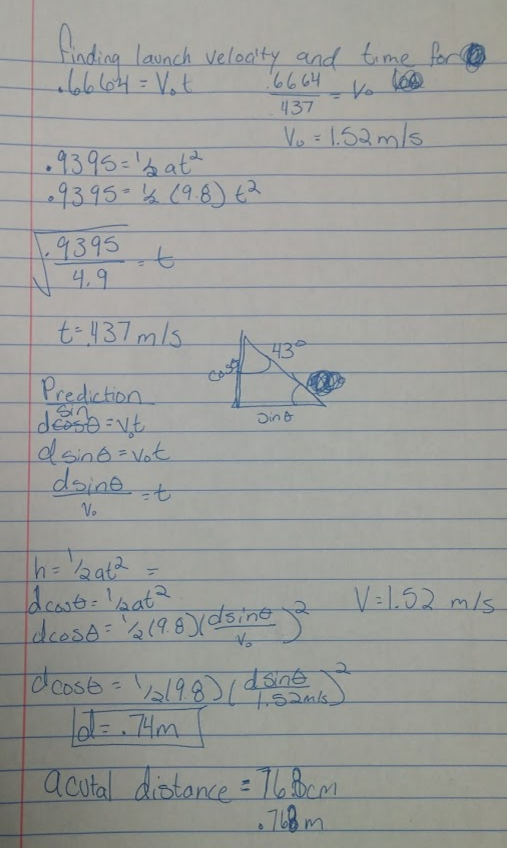
For our initial velocity for our first part, we got the value 1.52m/s.
We then used that value for part 2 when we calculated where our ball would fall on the slanted piece of wood. For our calculated value of distance we got .74 meters. For our actual value of the distance we received .786m, meaning that our calculated and actual values were very close.
Conclusion:
Our calculations were very close to what our actual value was. We received only a 5.8% error from the actual and calculated values. We could have had a more accurate calculated value if we took into the fact that friction had played a part during this entire run of the ball. If we used more decimal places, or more accurate measuring devices, our calculated value would be closer to our actual value.
